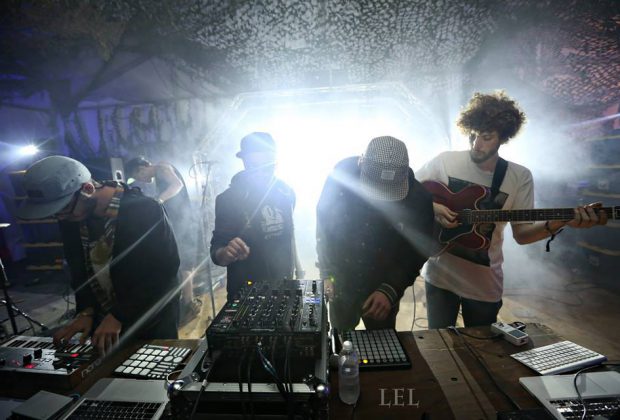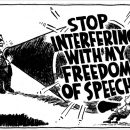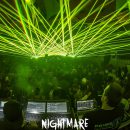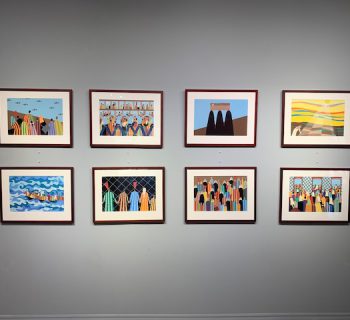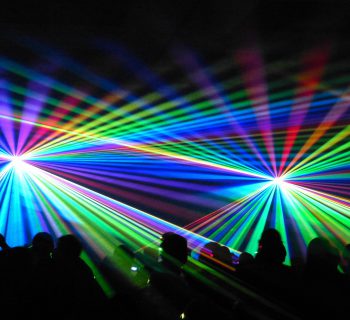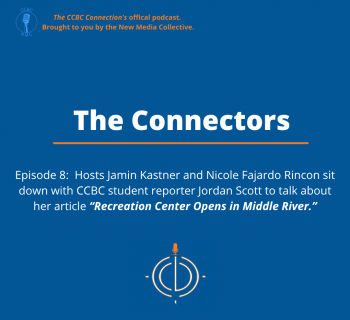Sebastian Brush
Hundreds of bright lights strobe your vision, a pounding bass hits your chest, and someone in neon clothing wearing thousands of beads places a bracelet that says something like PLUR (Peace, Love, Unity, and Respect) on it; you must be at a rave.
Over the past decade or so, the industry of electronic music has grown from an underground rave scene into a scene of huge mainstages and rock stars. More and more people are embracing the genre every year and festival attendance is skyrocketing. A billboard article from 2015 states that 32 million people go to at least one U.S. festival every year. That is more than five times the population of Maryland, which is just under six million.
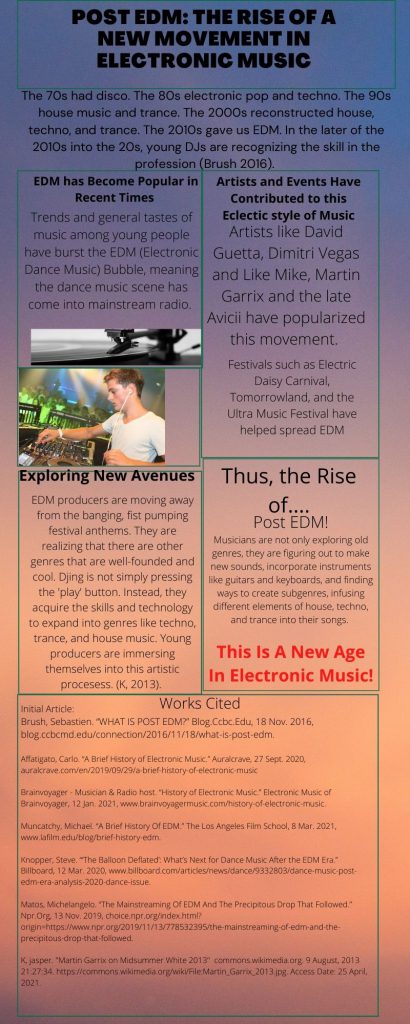
Infographic by MCOM 111 Student, Emmanuel Vasiliou
However, many people still seem hesitant to except Electronic Dance Music. This is because there is a stigma surrounding the style’s tendency to be simple and repetitive, and because “press-play” DJs are becoming more and more common. So, it’s very easy for a performing artist to keep the live sound one gets from a band. The phrase “the EDM bubble has burst” had become a common headline recently, describing the cycle popular electronic music has seemingly fallen into; a cycle where the same songs seem to come out every so often.
But now a new age of EDM seems to be on the horizon. A-Trak, a DJ famous for his scratching skill, wrote on Facebook, “I’m seeing more and more kids get interested in good, nuanced, forward-thinking music... It feels like the genres are opening up again.” A-Trak continued to name this forward-thinking music Post-EDM.
Molly Hankins, a writer for Vice Media’s Thump, defines Post-EDM as, “electronic music that includes live instruments and recreates the magical spontaneity of hearing a rock band playing on stage.” The term Post-EDM has also started to become more popular in playlist titles on both Spotify and YouTube.
With every passing year, more artists are emerging that can fit this description. Some of the fastest rising stars in this new era of electronic music are producers who are merging electronic genres with the thumping groove of funk. GRiZ, Big Gigantic, and Parov Stelar are all examples of artists leading the way for this new style of music. These artists, among many others have been breathing new life into electronic music; whether it’s use of live instrumentation, a new sound, or sampling from more traditional styles of music.
Denis Jasarevic, a.k.a. Gramatik, is an artist who seems to be particularly taking this scene by storm. Hailing all the way from Portoroz, Slovenia, Gramatik moved to New York in 2008 with a dream of pushing his music forward. Merging his love of soul, hip-hop, funk, and electronic music together, he quickly gained popularity and even eventually started his own groove-heavy record label, Lowtemp Recordings.
In a Behind the Beat interview, Gramatik explained that he is, “trying to put the M back into EDM.” Gramatik also stated later in the interview that he wants his new recording studio, “to bring really good music that has mature musical value to the forefront of the scene.”
With this new wave of music breathing new life into the electronic scene, artists have moved past the basic build-and-drop pattern that EDM has become so accustomed to. Much like rock, jazz, or even classical music, electronic music is coming to a time where the music is both forward thinking and stays true to what the music really is, an art.


